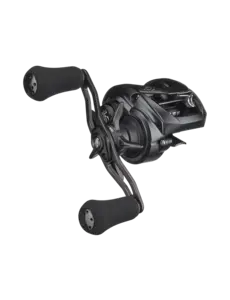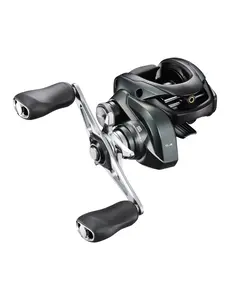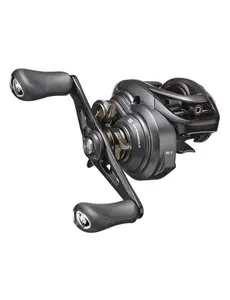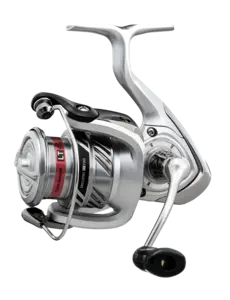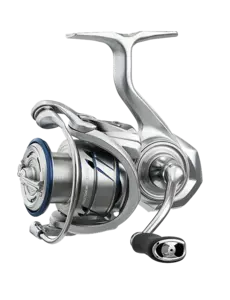DAIWA PROCYON MQ LT 2000D SPINNING REEL
Information
The Procyon MQ LT features a one-piece monocoque Zaion V body that allows less body and frame flex providing better support on the gears and bearings and allows increased torque and power while providing longer life to the gears. Anglers will find that the one-piece monocoque Zaion V body of the Procyon MQ LT is incredibly lightweight when they pick it up and put it on their favorite rod.
The Procyon MQ LT features an Air Drive Rotor engineered to be very rigid, especially at high drag pressures with little flex. The Procyon MQ LT also has generous cut-outs in its engineering design, which reduces the weight of the Air Drive Rotor. The lighter the rotor, the less inertia it takes to spin around the reel. This makes it much easier to crank the handle. The new reels also showcase a tubular air bail that reduces weight and offers more rigidity than standard wire, so you get less flex and bending or breaking. The tubular air bail is also manufactured with thicker material that feels good on the fingers when flipping the bail by hand.
Another element of the series is DIGIGEAR® technology, digitally for considerably better gear meshing increase smoothness and gear wear.
Anglers will also find Daiwa’s distinctive Advanced Tournament Drag (ATD™) a benefit for setting the hook and fighting fish. When you set the hook, the reel instantly adds drag resistance, and then as the fish starts pulling drag, the ATD drag curve automatically returns to your prescribed setting.
The Procyon MQ LT family features Long Cast ABS spool as well. The design of the spool’s lip allows the line to exit the reel at a much tighter cone-shaped angle, meeting the guide train with less resistance and force, alleviating wind knots and allowing for longer casts.







